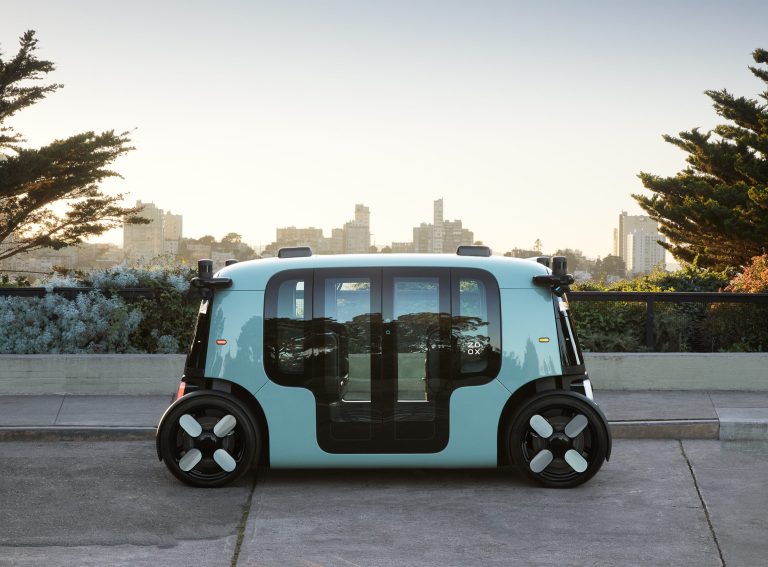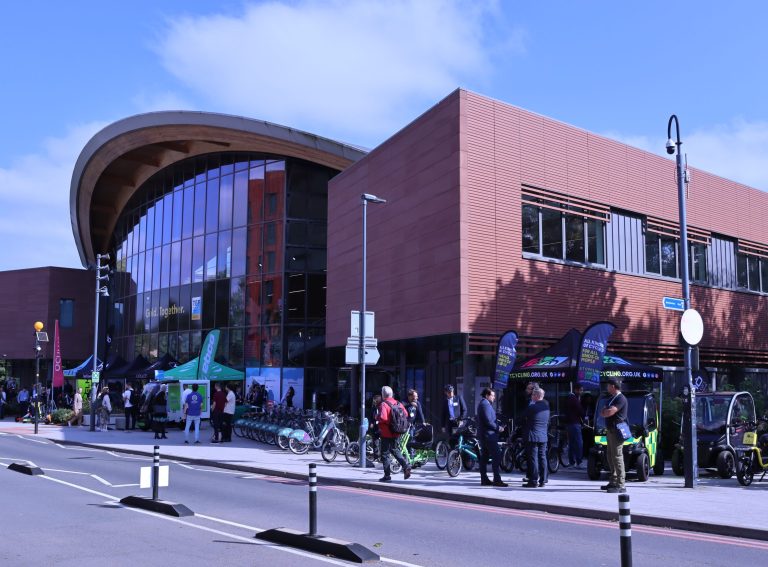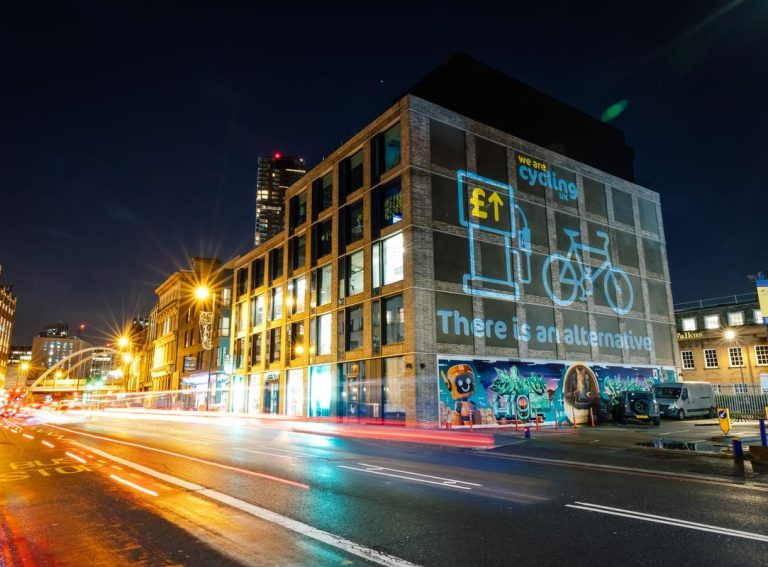Sustainable mobility OEM Cityshuttle hosted a demonstration in London today to illustrate the safety of its ePack cargo bike and Geco taxi.
Transport for London (TfL) and the Metropolitan Police are two stakeholders that attended the event and got to see both vehicles up close and ask questions to Cityshuttle’s CEO.
The purpose of the demonstration was to exhibit the safety features the vehicle possessed before the ePack enters production in Q3 2024 and volume manufacturing early next year.
“We have more safety on this vehicle than any other cargo bike in the world,” Cityshuttle CEO Keith Jones claimed to Zag Daily at the demonstration. “We’re not flippant in what we’ve designed. It’s taken years for us to develop this product and we’ve sat back to look at what the industry is doing and what it isn’t.”
One focus of the event was illustrating how both the ePack and Geco taxi are designed to minimise the risk of collisions with other road users and pedestrians. This is important because Cityshuttle’s vehicles are authorised to ride on roads, cycle lanes, and also pedestrian areas where it can fit though installed infrastructure like bollards.
Both the ePack and Geco taxi, which form by attaching either a logistics compartment or rear private cabin to the driver’s cabin, feature a 360-degree view AI camera setup to minimise the risk of collisions with pedestrians in shared spaces.
“There isn’t a cargo bike in the world that has these AI cameras on-board.”
The ePack is the largest last-mile delivery cargo bike in the world with a 350-kilogram payload. Though this is a milestone to celebrate, Keith highlights how this was even more of a reason for Cityshuttle to prioritise safety.
“We are a bike but we’re a very big bike,” he says. “You have to appreciate the size and weight of the vehicle. Yes, it’s limited to 15mph but 15mph would still hurt.
“I believe that we have considered every aspect of safety around this vehicle. We have visual safety, sound safety, cameras recording and AI communicating with the driver. There’s not a lot more we can do. We can’t stop somebody from colliding with the vehicle, but we can mitigate that risk and try to stop it from happening.”




